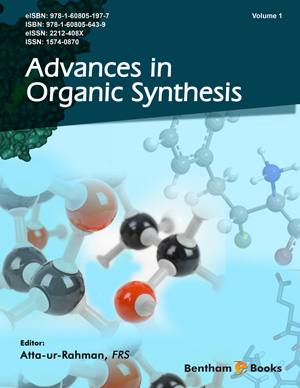Abstract
Nardostachys jatamansi DC, a small, erect, perennial, rhizomatous herb
growing on steep, moist, rocky, undisturbed grassy slopes, is a popular species of
aromatic and medicinal plant. The Sanskrit word “Jata,” which denotes a matted and
uncombed lock of hair, is similar to its rhizome, hence the name “Jatamansi.” The
plant is found between 3000 and 5200 m above sea level in the alpine Himalayas,
which include parts of Uttarakhand, Himachal Pradesh, Arunachal Pradesh, and Sikkim
in India, as well as numerous regions of Nepal, Tibet, China, and Bhutan.
N. jatamansi has been used in ayurveda, ethnomedicine and alternative medicine for a
very long time, going all the way back to the Vedic era (1000–800 B.C.). Its rhizomes
were used as a bitter tonic to cure epilepsy, stimulant, antispasmodic and to treat
hysteria in the traditional Ayurvedic medicinal system. It has a wide range of
therapeutic benefits, including anti-inflammatory, antidepressant-like action,
anticonvulsant, hypotensive, anti-asthmatic, anti-estrogenic, cardioprotective,
neuroprotective, antidiabetic, antifungal, antibacterial, and anticancer characteristics.
Additionally, it functions as a sedative, tranquillizer, hypolipidemic, anti-lipid
peroxidative, antioxidant, and anti-oxidant. In addition, it is used to treat a variety of
neurological conditions, including insomnia, excitation, epilepsy, neurosis, Alzheimer's
disease, and issues with learning and memory. As per various phytochemical studies,
esters, phenolic chemicals, and terpenic ketone are the major components present. Due
to the frequently observed variations in the types of metabolites in the plant,
tremendous medicinal applications can be precisely explored using the database of
antioxidant, antimicrobial, anticancer, antidiabetic and anti-inflammatory activities,
making it a potential candidate for treating oxidative stress and other diseases produced
during pathogenic conditions. For the prevention and treatment of a variety of
pathological illnesses, as well as the side effects associated with them, the use of plants
like N. jatamansi may thereby lessen reliance on synthetic pharmaceuticals.
Keywords: Antioxidant, Antimicrobial, Antidiabetic, Jata, Oxidative stress, Perennial.






















